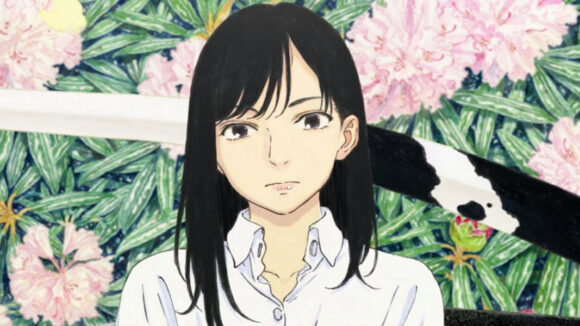

How The Hit Short Film ‘Puparia’ Was Born From Frustration With The Anime Industry
Shingo Tamagawa, an animator closely associated with the studio Sunrise, was afraid he’d start hating his drawings, and even the act of drawing, if he continued to pursue the path he was on. “No matter how hard your work,” he explains in the new documentary Three Minutes, Three Years: Making Puparia, “animation is something that is consumable.” Disillusioned, he stopped drawing for over a year.
In that time, ideas slowly started accumulating for a new short film. After three years of solo production, his three-minute indie film Puparia was completed. He released it in November on Youtube, where it has since been viewed more than a million times:
While the short itself is a gorgeous, meditative art piece, Three Minutes, Three Years: Making Puparia is also worthwhile. Recently released by Archipel, a Youtube channel dedicated to Japanese art and culture, the 20-minute doc gives an overview of Tamagawa’s career and the production of Puparia. It also offers fascinating insights into his mentality throughout the process, and his strong opinions about the state of animation as a commercial artform. Watch it below:
Using savings and money earned through occasional work for Sunrise (where he also used a workspace to make Puparia), Tamagawa seemed to set out to create an artist’s manifesto. Speaking in the documentary, he encourages others to pursue challenging methods and new approaches to animation, like he did with Puparia.
Tamagawa cites influences like Hayao Miyazaki and Hideaki Anno, and anime and manga in general. He also points to Laika and particularly Sony Pictures Animation’s Spider-Man: Into the Spider-Verse. Seeing this film, which went beyond what was usually seen in cgi, he had “a real feeling of defeat”: it dawned on him that anime studios are, on the whole, too creatively timid. As he says:
There’s a discrepancy with the recent trends, where you’re asked how to generate profits, or when told the process is cumbersome as it cannot be streamlined. Those arguments tend to win too often. I understand they’re important, but I’m not making animation in order to be efficient. I make animation to create new things and generate new emotions that I haven’t felt before. I believe everybody has that joy inside of them. I think the whole industry could be happier if we could pivot in that direction, just a little more.
Puparia is also Tamagawa’s response to larger societal shifts and a sense that values that once shaped our world were fading away. He nevertheless aimed to express a feeling of being supported. He knew he was making something abstract and difficult to understand, and strived to make the characters and backgrounds as clear as possible. Not wanting to rely on digital color, which he felt looks weaker, he used colored pencils and scanned the colored drawings to composite digitally. The results are mesmerizing.
